Few issues in Saudi Arabia spark as much conversation as women’s rights. Over the past few years, no topic has drawn more scrutiny—or celebration. This article explores how the lives of Saudi women have evolved in the years before and after the Vision 2030 reforms. While the guardianship system has significantly changed, it remains a complex subject and will be addressed separately.
Mobility and Independence
For decades, the most striking symbol of restricted freedom was the driving ban. Women were entirely dependent on male relatives or hired drivers for even the most basic errands. International travel was also difficult, often requiring a male guardian’s consent for a passport or exit permit. In many ways, independence was not just limited—it was out of reach.
That changed in 2018. Since then, women have taken the wheel—literally and figuratively. Driving is no longer a privilege reserved for men; it has become a symbol of freedom. Today, Saudi women drive to work, run errands, and even race professionally. Public transport has also become more inclusive, and women can apply for passports and travel without a guardian’s approval. These changes signal a powerful shift in both autonomy and mindset.
Education and Careers
While access to education has long been supported, career paths for women were traditionally narrow. Most entered teaching or healthcare—honourable yet predictable roles. Opportunities in science, diplomacy, or executive leadership were rare, and ambition beyond the familiar often went unrecognized.
That landscape has changed. Today, women are not only enrolling in higher education at record levels—they are pursuing degrees in fields once considered out of bounds. From engineering to aviation, from diplomacy to tech, women are making their mark. By 2022, women’s participation in the workforce had doubled. The message is clear: ambition is no longer questioned—it is encouraged.
Public Life and Social Participation
Public life in the past was largely male-dominated. Women were rarely seen in cafés, at concerts, or in stadiums—let alone alone. Entertainment venues were either off-limits or heavily segregated. Even when present, women were often pushed to the margins.
Today, the shift is undeniable. Women are visible, engaged, and at ease in public spaces. They gather at cafés, attend cultural events, and cheer in stadiums once closed to them. Social interactions are more natural, and the sight of women enjoying public life is no longer unusual. While opinions on the pace of change differ, the direction is clear: society is becoming more open and inclusive.
Work and Social Freedom
Even when allowed to work, women once faced significant hurdles—social expectations, workplace segregation, and limited leadership opportunities. Career choices were few, and dress codes left little room for self-expression.
Now, the professional landscape is changing. Women are not just participating—they are leading. From launching startups to heading companies, Saudi women are entering industries once seen as off-limits. Government support and changing social attitudes have helped drive this momentum. Personal style is also evolving, with colorful abayas and individual expression becoming a normal part of the workday.
A Society in Transition
Just a decade ago, many of these changes would have been hard to imagine. Vision 2030 has brought more than legal reform—it has challenged assumptions, expanded horizons, and encouraged ambition. Some remain skeptical about the pace or depth of progress, but everyday life tells a different story.
The transformation is ongoing, and challenges remain. Yet Saudi women today are not only stepping into new spaces—they are reshaping them. They are confident, ambitious, and increasingly central to public life.
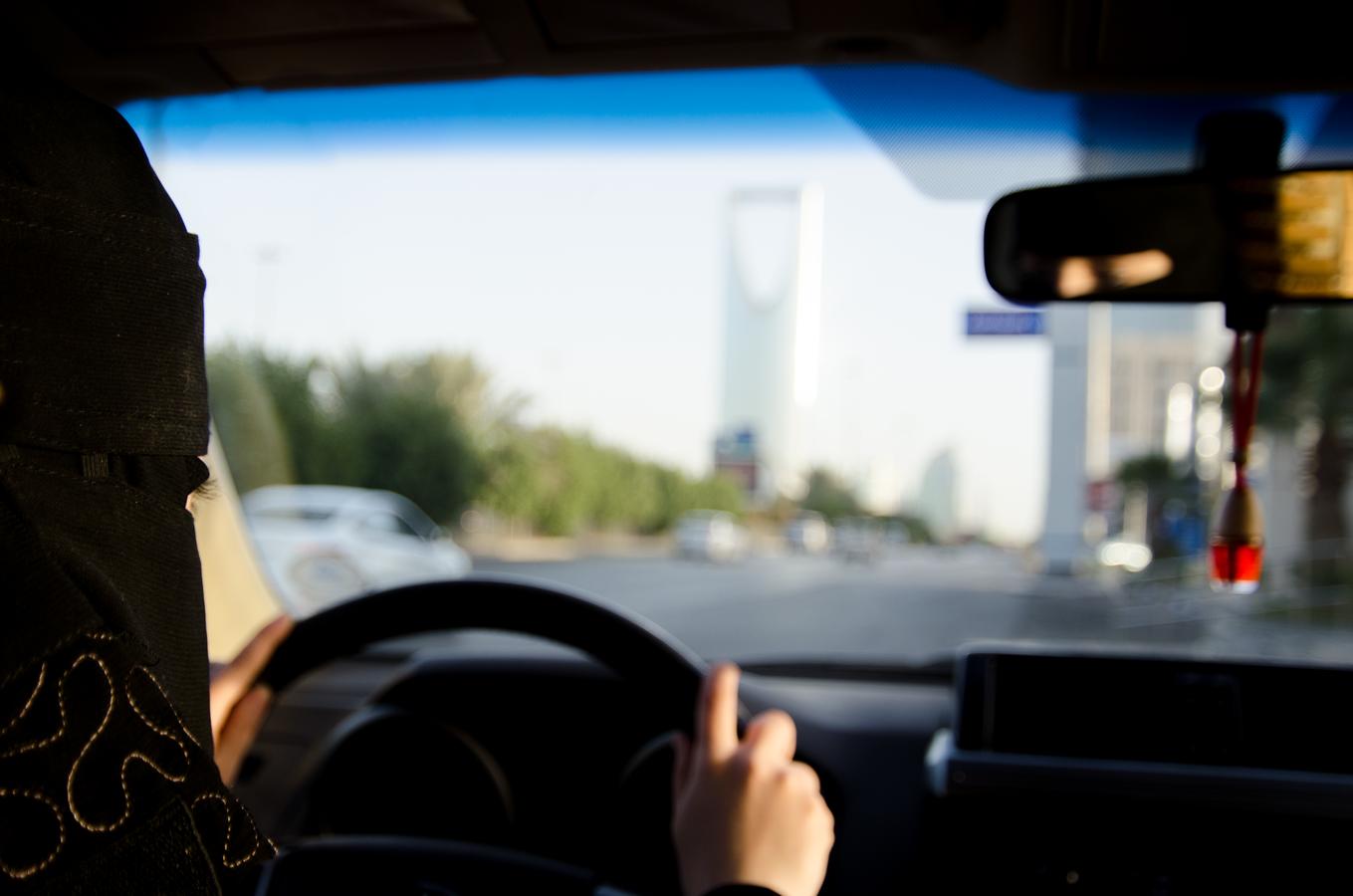
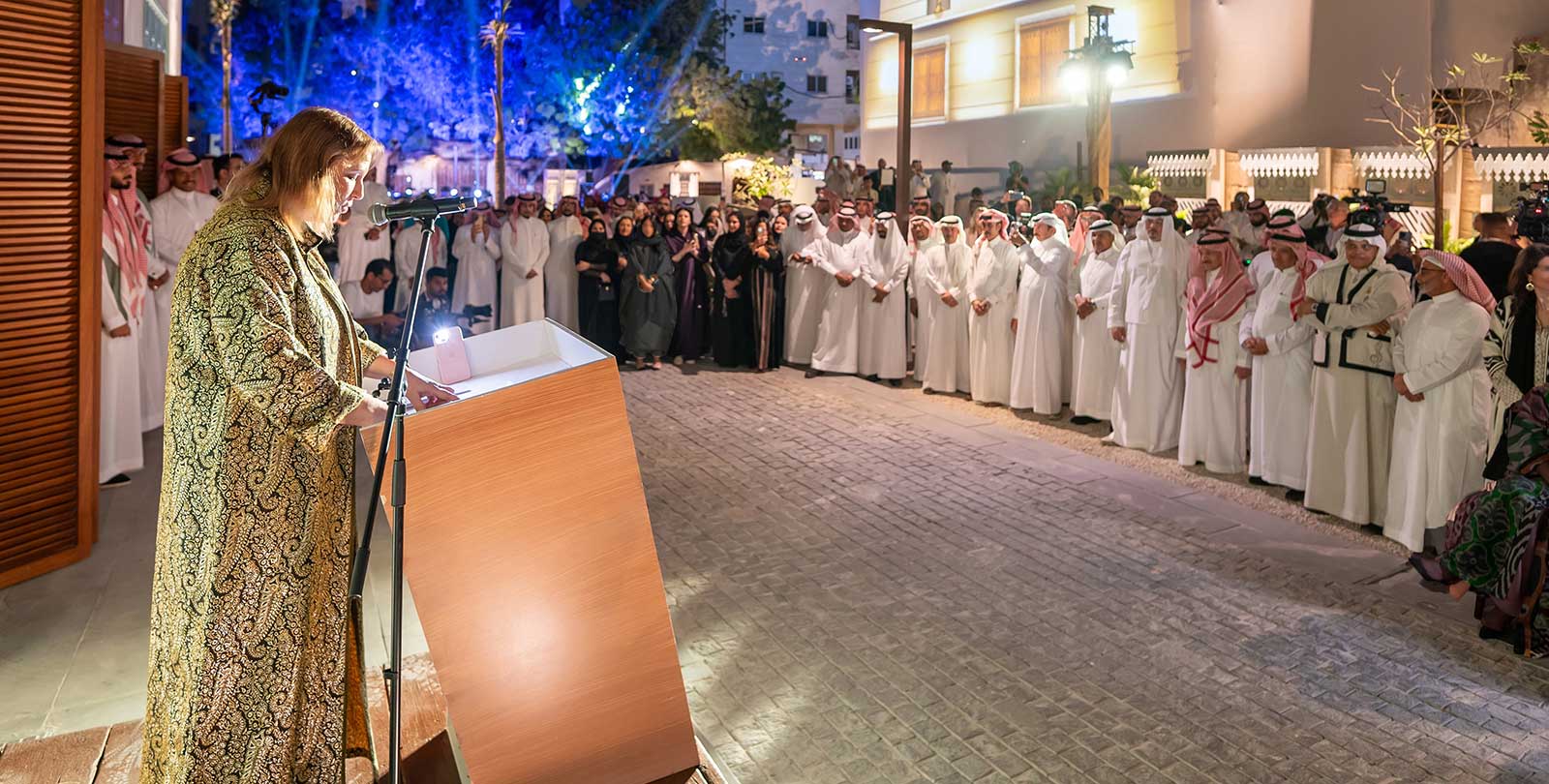
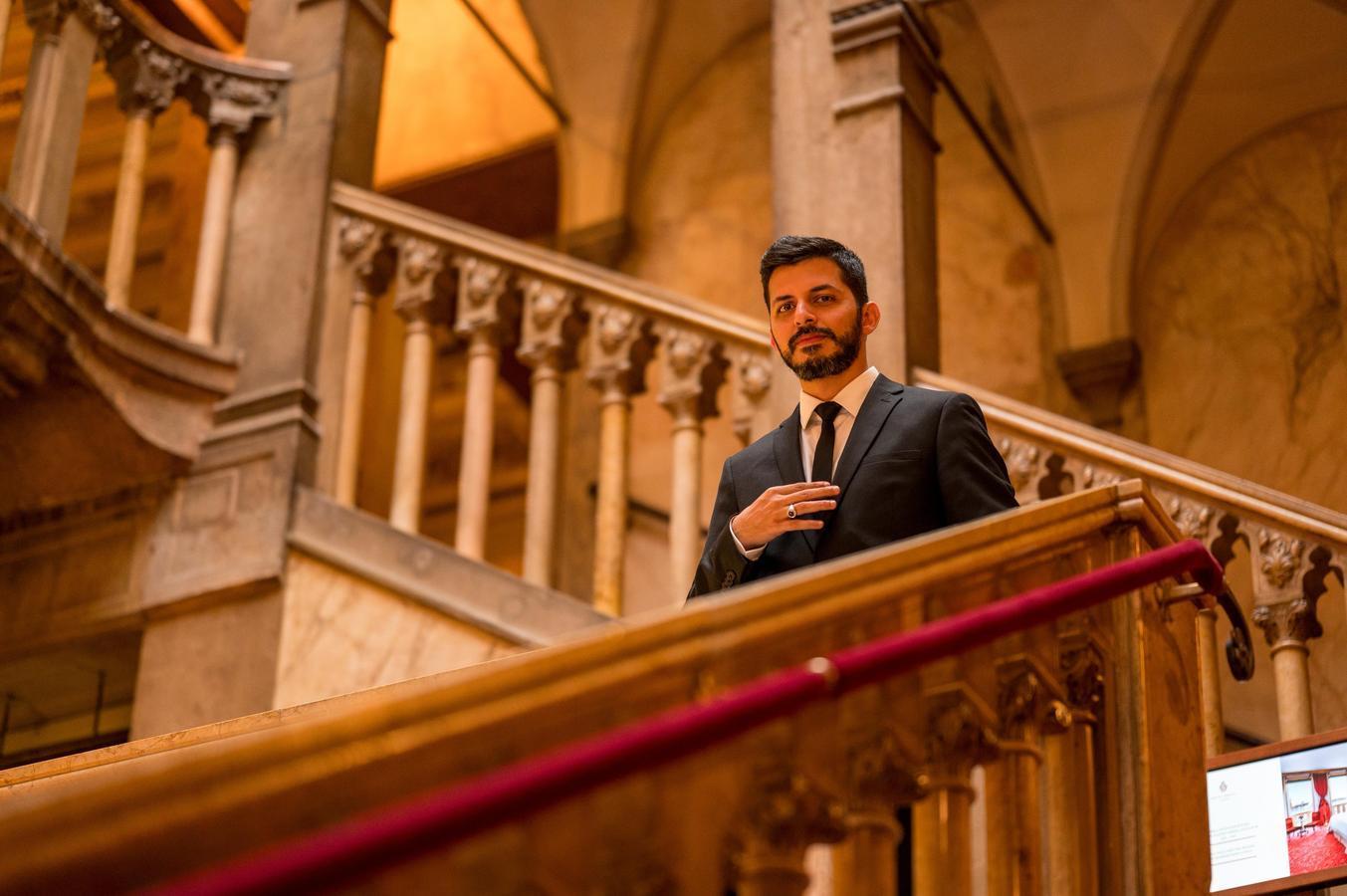
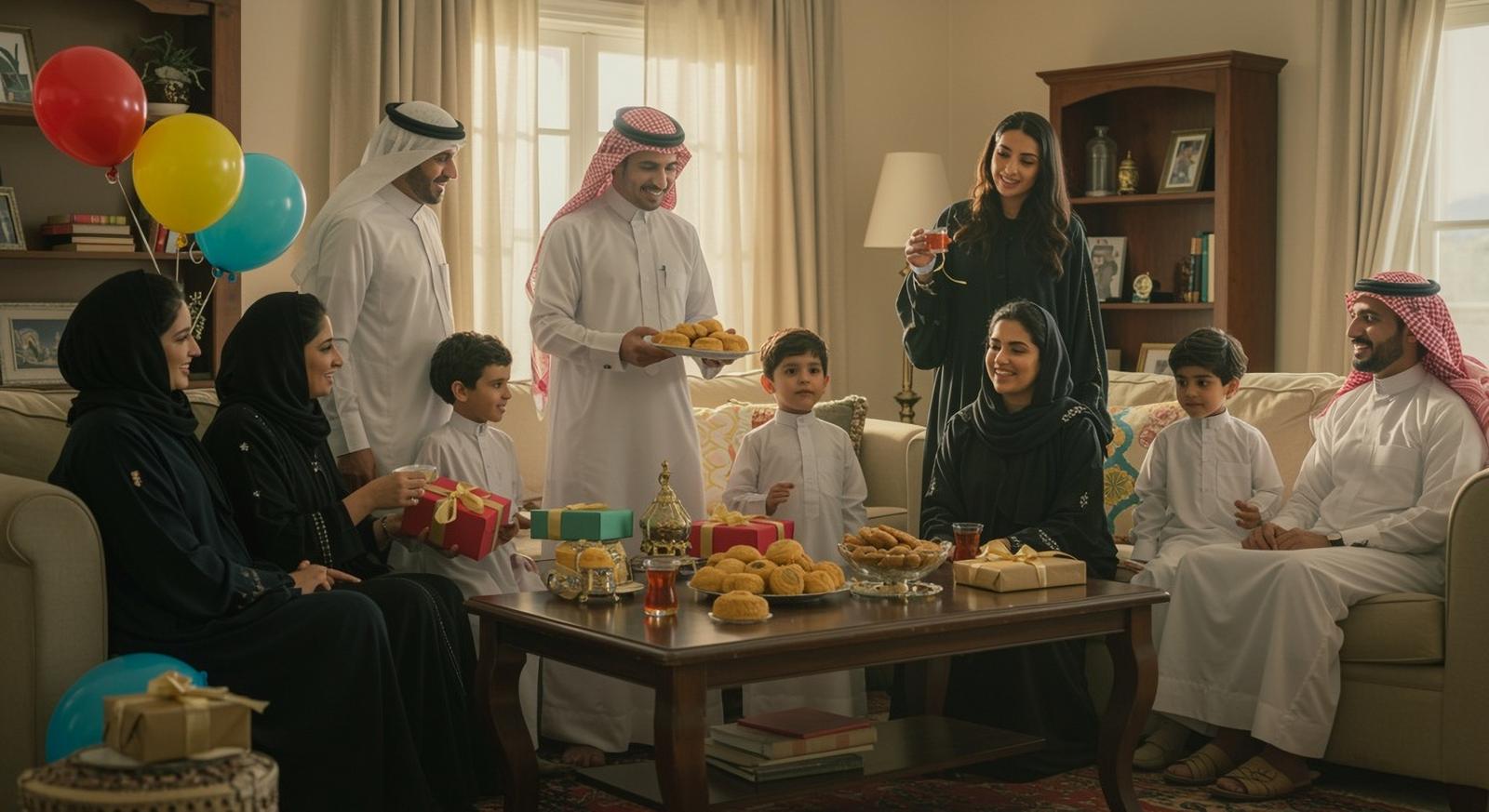

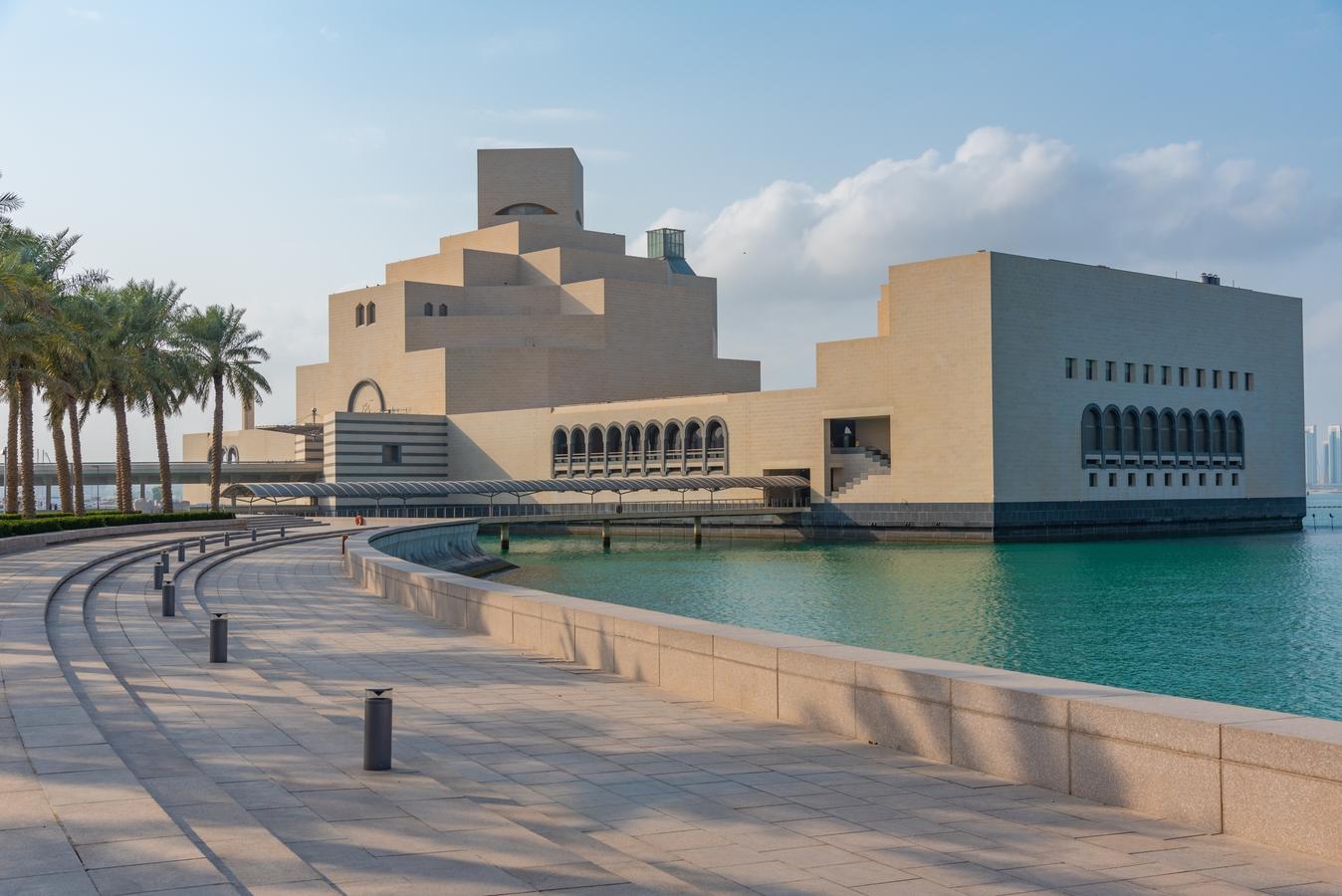
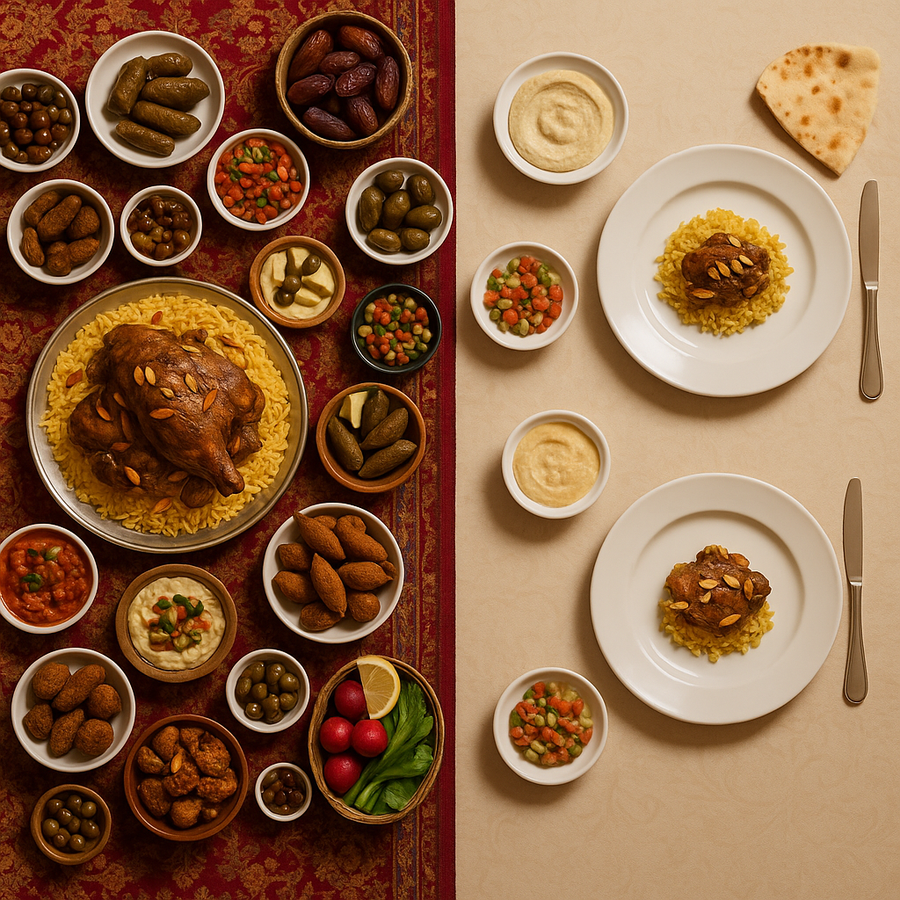

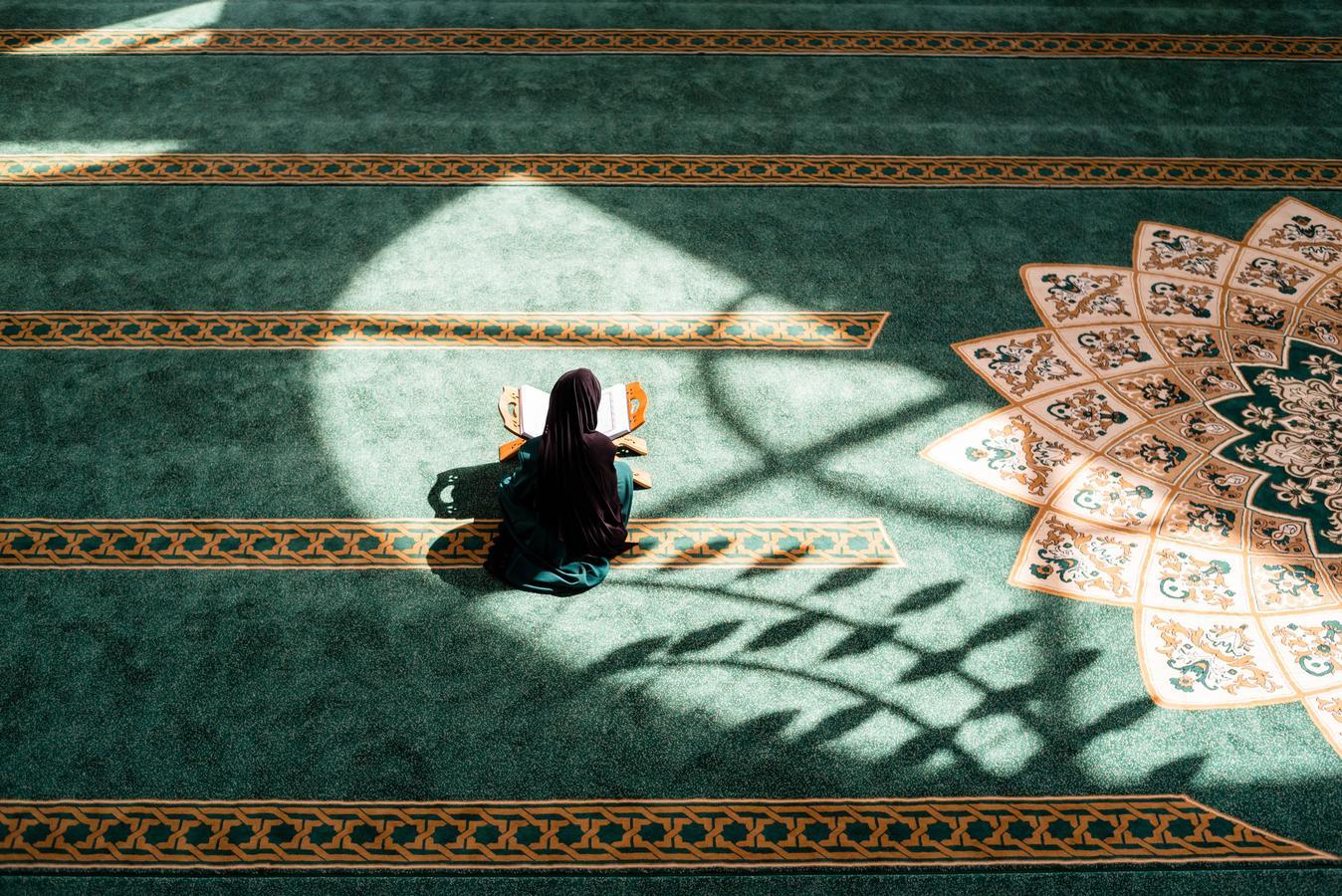
0 Comments
No comments yet. Be the first to comment!